Traveling is quite fun, and travel photography is even better as it captures memorable moments spent during a voyage while at the same time showcasing the beauty of various regions in the world. Irrespective of the type of photographer you are or how many travels you have made, these 25 travel photography tips for beginners will assist you to go a step further with your travel photography. In this review, I will give you an overview of what travel photography is and its various types, as well as provide guidance on how to enhance your travel photo-taking skills.
Travel Photography
Travel photography is a specialized form of photography that is concerned with taking pictures of the journey, the events, the people, the places, and everything else that comes with it. Hence, in very simple terms, travel photography is not merely image-making; rather, it is about experiences, cultural stories, and oneself, which can be experienced through the lens. Every place has its own tale that needs to be told, and whenever you travel, you bring unique opportunities and become storytellers in the role of pictures.
Types of Travel Photography
There is an extensive variety in the many different types of travel photography, as each one has its own specific angle of description or style focus. These are some of the common types of travel photography:
1. Landscape Photography:
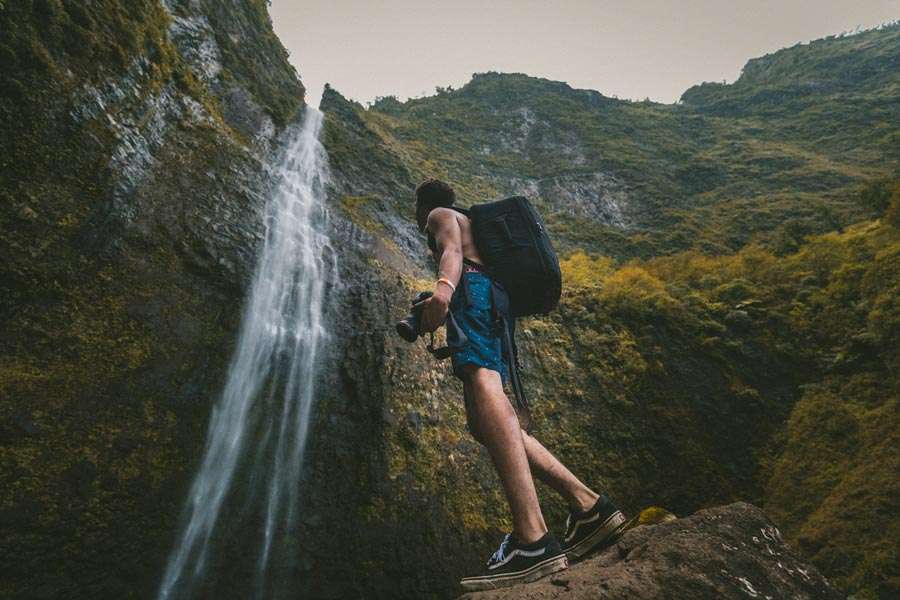
a. Landscape photography is a subdivision of travel photography that aims to capture the natural landscape of the area, which may include mountains, beaches, forests, or any other breathtaking views.
b. Somehow, some people choose this niche for their shooting as well. There are many landscape photographers who utilize this technique of photoshooting just before a container, just after sunset, or soon during the day outdoors.
2. Street Photography:
a. This type of photography includes the capturing of people and the surroundings in metropolitan or country areas and immortalizing the tradition or cultural practices.
b. The book illustrates real-life rather than posed or designed moments, and such images often offer glimpses of communities in just a single street picture.
3. Portrait Photography:
a. It includes capturing the people of a prospective place with their demeanors and cultural differences.
b. Geographic portraits depict individual landscapes with their dwelling inhabitants.
4. Architecture and Urban Photography:
a. Concentrates on the manmade aspects of the world, including famous buildings, city and town images, and details of buildings.
b. When composing images, the artist uses structural and graphic elements, such as geometric shapes and edges and the position of objects in the frame.
5. Wildlife and Nature Photography:
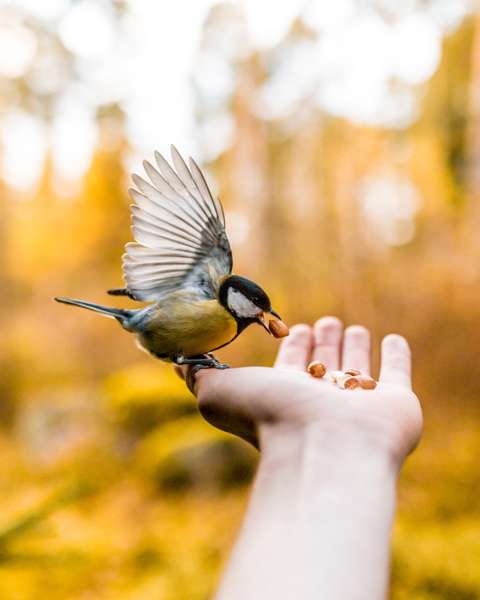
a. The art that tries to capture the beauty of non-domesticated animals, birds, plants, and other forms of nature that occur naturally in their wild habitats.
b. Is a very time-consuming form of photography, requiring far-away lenses and often a lot of knowledge about animals.
6. Food and Culinary Photography:
a. How to appreciate a culture: the local food, the meals, and their experiences.
b. It is more focused on the art of how the food is served and some of the dishes and their prominence in different cultures.
7. Adventure and Action Photography:
a. Records recreational endeavors such as hiking, rock climbing, surfing, and extreme sports.
b. Projects excitement and action-packed boom of the activities in striking images.
8. Aerial and Drone Photography:
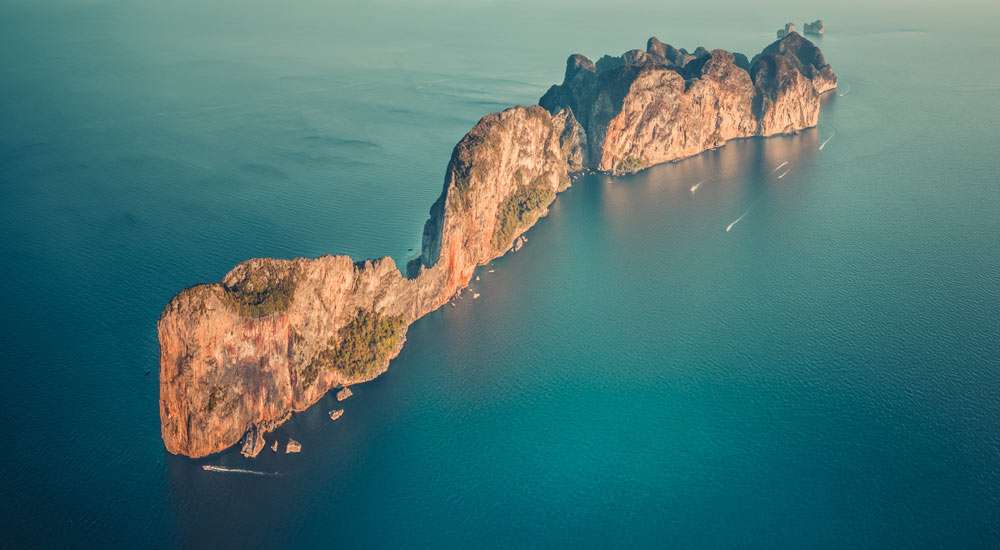
a. Shoots the landscapes, the city, monuments, and more from above.
b. Involves the use of aerial clips, usually from a drone or a plane.
9. Documentary and Reportage Photography:
a. Provides a story or other social, environmental, or political issues in a travel genre.
b. It calls for attached research, narrative compulsion, and interaction with people’s cultures.
10. Underwater Photography:

a. Means snapping pictures of fish and other things found beneath the water while diving or snorkeling.
11. Night and Astrophotography:
a. Is great for taking pictures of the gorgeous places at night, such as cities, stars, the occurrence of meteor showers, or a view of the Milky Way.
b. It requires the use of long exposure shots and a tripod.
12. Documentary Travel Photography:
a. It consists of photographing the life and plight of people in distances with little or no given exposure to the traveling community.
b. Sometimes done in a bid to create awareness regarding a social or environmental concern.
13. Culture and Festival Photography:
a. Features of interest are local events, cultural practices, and holidays, which give a view on the local ways of doing things and their heritage.
b. Stresses on colors, costumes, and rituals.
14. Road Trip Photography:
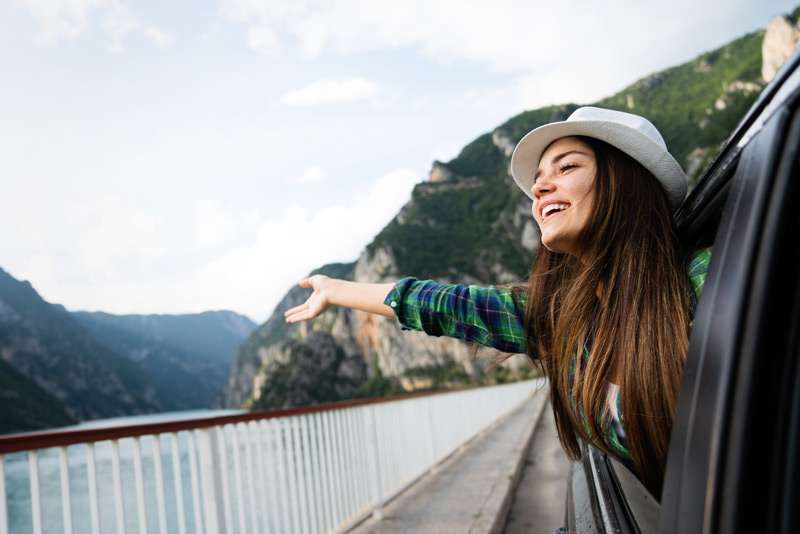
a. Records the whole trip in its context, such as the roads, the attractions, and the travel environment.
b. Sends the feeling of adventure and discovery.
15. Black and White Travel Photography:
a. Emphasizes dark and white photographs that are nostalgic, lack time, and are dramatic.
b. Stresses on composition, contrast, and texture.
16. Travel Self-Portraits (Selfies):
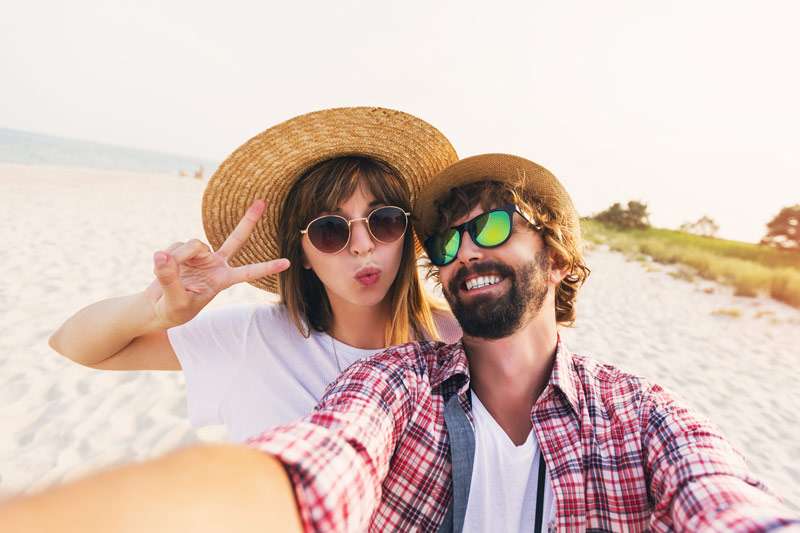
a. Implementation of the photoshooting of the individual in different places in order to communicate with the followers.
b. These are mostly posted online.
Each type of travel photography presents a different picture of the world, and photographers might be more focused in one or more of this photography category depending on their target audience and skill set. The selection of genre finally depends on how the photographer envisions the picture and the narrative that he desires the images will evoke.
Travel Photography Tips for Beginners
1. Plan Ahead
One of the best travel photography tips for beginners is that before you commence on your trip, perform a destination analysis and draft a potential shot list of places and scenes to be photographed. This will help optimize time spent while ensuring that no important views get overlooked.
2. Know Your Equipment
One of the best travel photography tips for beginners is that before you commence on your trip, perform a destination analysis and draft a potential shot list of places and scenes to be photographed. This will help optimize time spent while ensuring that no important views get overlooked.
3. Pack Light
Carrying heavy equipment while on the move will be tough. Think of a small digital still camera or a compact system camera that does not compromise on quality. There are also wide-angle zoomed lenses that can help save space.
4. Use a Tripod
Such form of stabilization equipment (tripod) comes in handy for shooting long exposures, night shots, and, in general, avoiding motion caused by shaking. But make sure you carry along a small, lightweight travel tripod.
5. Utilize Natural Light
Use the unrestricted availability of natural light to your advantage. There’s no harm in doping light when it is softer, such as in the early hours of the day and late towards evening. It is also common to take photos on cloudy days as the lighting is often more diffused and even with fewer shadows.
6. Learn the Rule of Thirds
Shots can be enhanced with the use of thirds. Imagery should be cut in thirds such that 2 non-parallel lines cross 2 other non-parallel lines. Seek to fill areas of intersection with your subject or points of interest that are eye-catching, making a broader appeal.
7. Leading Lines
Look out for lines and shapes in your surroundings that will whisk the gaze of the viewer across the picture. Roads, rivers, fences, and many others are major factors that offer movement to most of these pictures.
8. Fill the Frame
Fill me all the way in when getting a picture; move in close to your subject. This could help remove uninvited attention from the beads while concentrating only on things that make the immutable subject unique.
9. Be Patient
Be Patient. Every now and then, one has to be standing around hoping to take a great snap of perfect action as the timing of a moment requires. Try not to miss any such chance, be it the behavior, the expression, or the lighting itself. Picture trick of the day is great.
10. Use the Right Settings
Learn how to manipulate the three settings: Easier said than done, exposure triangle cone, which consists of a makeup of ISO, shutter speed, and aperture. And so these parameters will be interacted upon in what they consider the light conditions as well as the comprehensive thinking behind this process. Say, make ISO low when taking pictures under daylight, shoot with quick shutter speed when capturing an action scene, and use wide aperture to make the background out of focus.
11. Experiment with Shutter Speed
Photographs depict motion, and it is the shutter speed that dictates how that motion is captured in the images. Decide on a fast shutter speed if you want clear, frozen images of people in motion, and slow down the shutter if you desire some motion blur or trailing lights. Limit handheld exposure to a shutter speed of 1/focal length (if shooting with a 50mm lens, use 1/50s shutter speed) to prevent camera shaking.
12. Aperture for Depth
The aperture size selected by the artist while taking pictures decides the depth of the picture taken. A large aperture (for example, f/1.8) will give a large out-of-focus area, allowing the front of the subject’s head and the other close objects in the background more into the picture. A small aperture, e.g., f/16, brings most of the picture into attention.
13. ISO for Low Light
To cope with low light, users must increase their camera’s ISO to gather a better range of light. Always remember, there is an extreme downside to doing this as well: noise. It is a common flaw with photographs that distract from the quality of the image. It is essential to find an appropriate setting of ISO that does not produce excess noise for the camera.
14. Shoot in RAW
Photographers who want maximum control over their images are advised to shoot in RAW format. It provides all the opportunities in postproduction necessary at a professional or advanced amateur level of photography. Nevertheless, it should be understood that RAW capture comes with larger file sizes and a lot of processing afterwards.
15. Rule of Simplicity
In most cases, a shot that has fewer moving elements is more effective than a busy one. Therefore, do not complicate your pictures and do not include unnecessary items in the scene.
16. Be Mindful of Horizons
Horizon is one of the vital components when you take pictures. Make sure the horizon is straight except when tilt is needed for some factors.
17. Use Filters
Polarizing and neutral density filters may also come in handy when taking some pictures. A polarizing filter eliminates glare and brings out the colors, while a neutral density filter is helpful in bright conditions and avoids overexposure by allowing long exposure shots.
18. Capture Local Life
If you’re not into stunning landscapes, then focus your camera on the local culture, community, and ordinary people. There is no need to argue; portraiture and racy photographs of natives can complement travel photos pretty well.
19. Experiment with Perspective
Move around and shoot from different positions. For example, get low to the ground and shoot from high angles and from wide-angle lenses if inspirational perspectives are needed.
20. Practice Post-Processing
Most of us enjoy taking pictures, and many wish to consider photography as a profession in the future. Hence, there is a need for looking for and using image editing applications such as Adobe Photoshop and Lightroom.
21. Use Negative Space
Effective use of negative space as a component of composition in images is an effective tool in photography. The negative space is the area in the photograph that is usually disregarded, the space surrounding the subject held in focus. However, whenever negative space is included, it should be done purposefully so that it makes the photos more interesting and focuses on the object, adding its deeper meaning.
22. Mind Your Composition
Learn about composition rules like leading lines, framing, symmetry, and patterns. Certainly, composing your shots thoughtfully can make a significant difference in the final result.Some important guidelines of a good composition, such as leading lines, framing, symmetry, patterns, etc., should be instilled. Composing your shots in a considered manner will definitely enhance the outcome when all the images are put together at the end.
23. Tell a Story
Most of the time, a striking picture taken while travelling is one that evokes some emotions or tells a story. In any case, try to find situations that allow to reveal the place and its people.
24. Respect the Locals
Note that it is necessary to be careful while photographing the people of the country. Obtaining permission is a norm whenever you take a person from up close to avoid offending their culture.
25. Backup Your Photos
There are candid shots that no one else will ever be able to capture again. This is a common feature of many travel photography sessions. Make sure that you back up your images regularly so that such remarkable experiences are not lost forever. Such, including but not limited to, a cloud storage unit, an external hard drive, or a combination of both, can be used.
In conclusion, it can be said that these travel photography tips for beginners are essential, as travel is not merely about taking pictures of places and showing off all the beauty; it’s about the storytelling, vicarious 14 experience, and the spirit of the travel snuffs 55. These 25 Travel Photography Tips for Beginners can guide you to enhance your travel photography skills, which is quite useful for any beginner or someone who wants to upgrade their skills. Continue doing what you do best. Stay curious and practice a lot. And the best of all, very much enjoy the process of taking photos of the world.

0 Comments